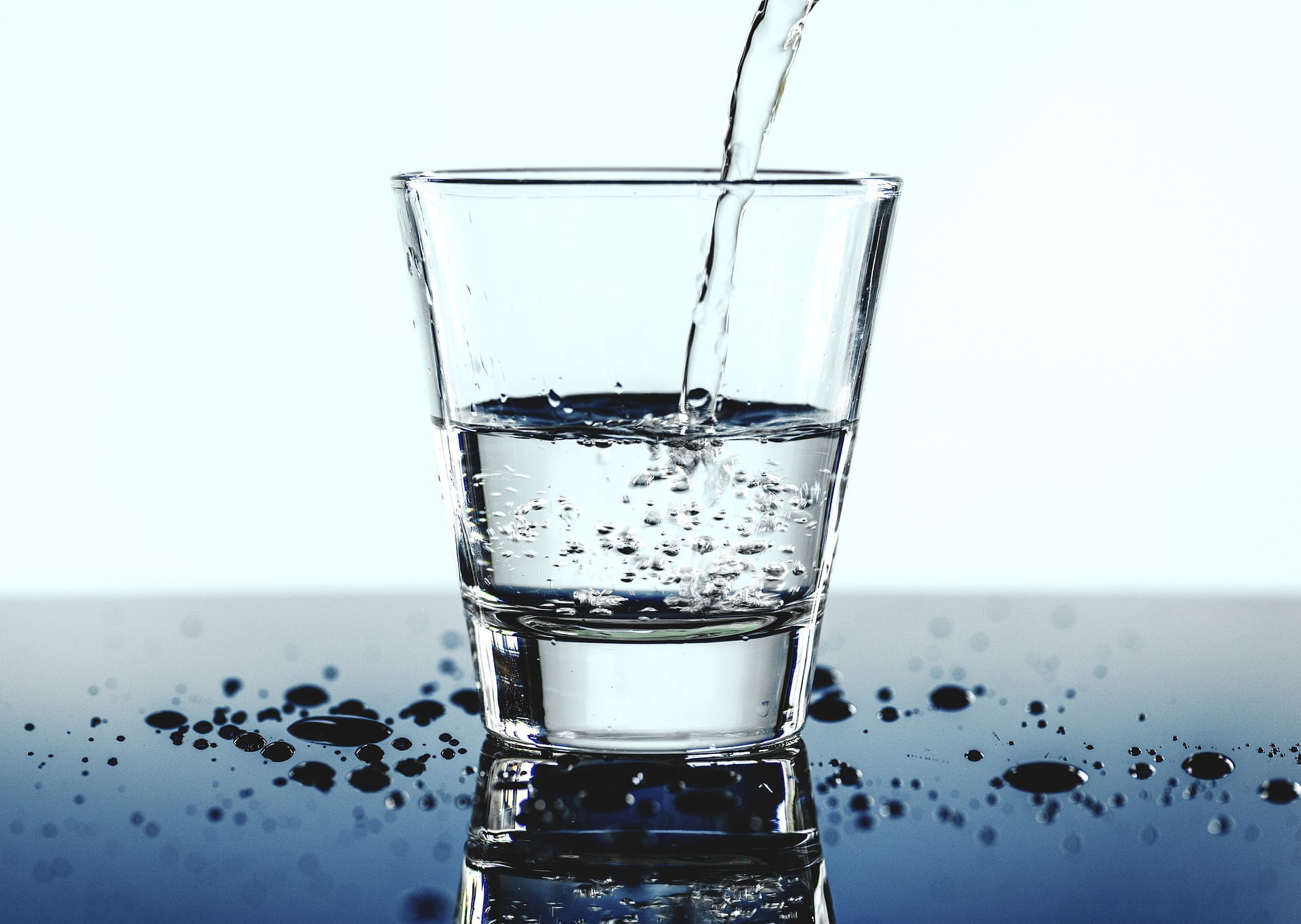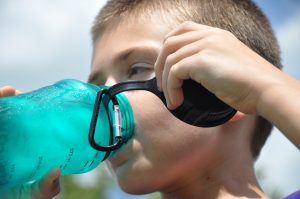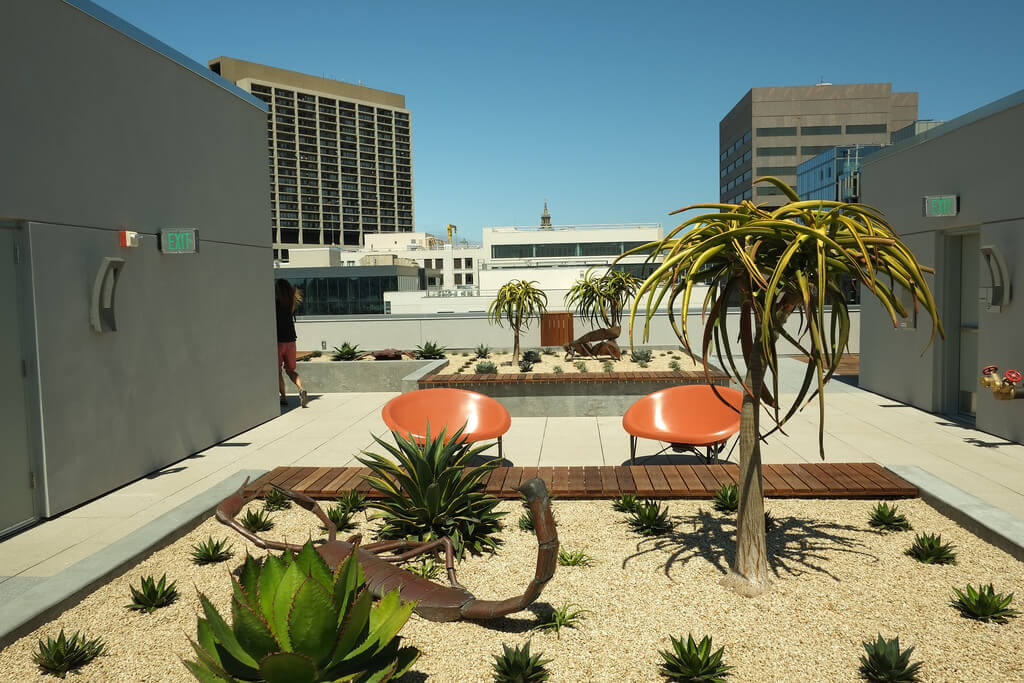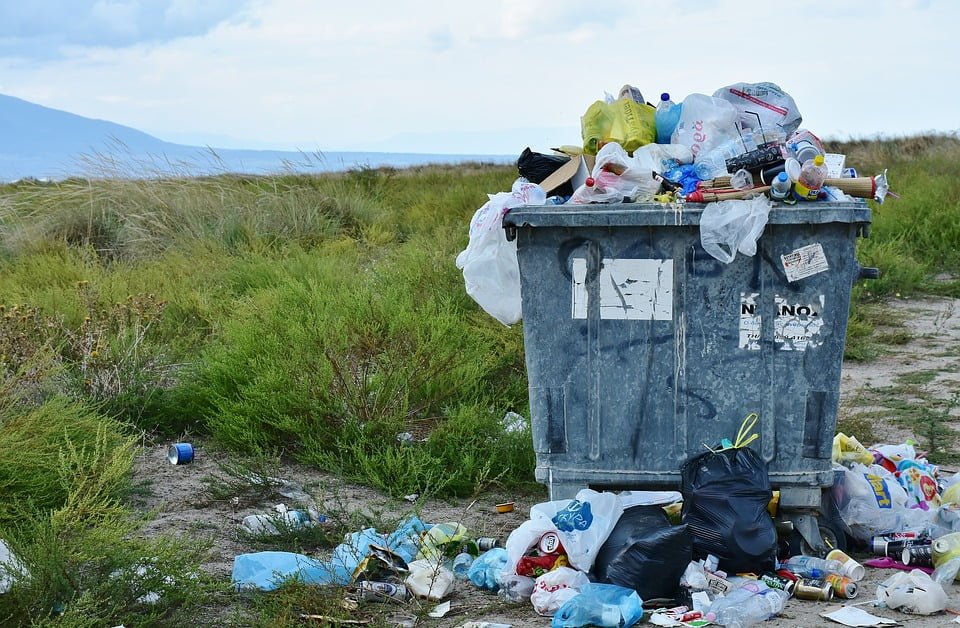If you happen to find yourself in an emergency situation, there are a few things you need to secure for you and your family. Shelter, food and water are among the top priorities you need to survive. Surprisingly, a lot of people remember to plan for food and shelter, but in an emergency water seems to be forgotten. Many people take clean water for granted, and just assume it will always be available. In fact, the Red Cross has stated that getting clean water to disaster zones is typically their highest priority. So what can you and your family do so that you don’t find yourself without clean water during an emergency? This article will teach you how to build up and safely store an emergency water supply. Having an emergency water supply may just save your life one day.
Why Is It Important to Store My Own Emergency Water?
For the majority of the United States, we have a nearly endless supply of clean water that comes from our faucets. That can make imagining a time without clean water difficult. However, if a natural disaster hits your home city power and city water are usually the first two resources to go. Not having enough clean water to drink could lead to dehydration. However, using contaminated water to drink and cook with can lead to even more serious health issues. Children, elderly, and mothers who are pregnant or nursing are especially prone to waterborne illnesses. Sometimes local water sources can become contaminated. It is important to build up enough of an emergency water supply to last until your city’s water supply is clean again. Having an emergency water supply could even be used in a non-emergency situation like camping. It is always helpful to have clean water stored.
How Much Water Do I Need to Store?
The first question you may be asking yourself is, “How much water do I need to store for an emergency?” FEMA suggests having a three day emergency water supply on hand at all times. You can build that water storage up if you know a natural disaster is coming (such as a hurricane). The basic rule of thumb for emergency water storage is one gallon of water per person, per day. So a family of four would need between 12 – 15 gallons of water to have their recommended three day emergency water supply. About half of that emergency water will go towards drinking. The other half of your emergency water supply will go towards cooking, cleaning, and hygiene. If you have adequate storage space for emergency water, try building up a two weeks worth of water storage. It’s always better to be extra prepared.
Types of Containers for Emergency Water Storage
There are many different water storage containers available to consumers. Probably the easiest way to store your emergency water is in plastic containers. If you are using plastic jugs or drums make sure that it is food grade plastic. Do not use plastics that could decompose, such as milk cartons. Another storage option for your emergency water is glass. While glass containers are safe for water storage, they are heavy and difficult to transport. You run the risk of your water supply being lost if the glass container were to fall and break while in storage. Lastly, you could use a metal container. Like the glass containers, metal can be heavy and difficult to transport. If you are using a metal container, double check it is made of stainless steel. If it is not stainless steel, it also runs the risk of rusting and contaminating your drinking water.
Things to Look for in an Emergency Water Storage Container
No matter what the material of your water storage container is, there are some guidelines to keep your water safe. The first is that you should always have an airtight seal on your container. Although water does not ever spoil, it can easily become contaminated with bacteria if it is not sealed. It does not need to be sealed off fancy, a cap that screws on would be sufficient. Next, you should also check that it was never used to store anything other than water. Traces of old inhabitants could leech into your water supply and contaminate it. This could be inconvenient if your storage container held other food items, by changing the taste of your water. It could also be deadly, if your container held cleaning solutions or other toxic chemicals. To play it safe, we recommend buying a new container for storing water whenever possible.
How Does Having Emergency Water Help in Caring for Cut Flowers?
Having emergency water is crucial for maintaining the freshness and beauty of cut flower varieties and care. When flowers are cut from their source, they begin to lose moisture rapidly. If left without water for an extended period, they will wilt and lose their appeal. By providing emergency water, you can ensure that the flowers remain hydrated and extend their lifespan.
How to Store My Emergency Water
Once you have the proper water storage containers you need to make sure you store them correctly. Although finding space in your home or apartment for your emergency water supply may be difficult, it is not impossible. Aim for a temperature controlled room. You should also avoid heat or direct sunlight. Avoiding extreme temperature changes and direct sunlight eliminates any BPA from leaking out of the container and into your water supply. When water is stored on a cement floor, like a basement or garage, it should be stored up off of the ground. Try placing your emergency water storage containers on a pallet or thick rug. This is because some evidence suggests that plastic on cement creates dangerous chemical reactions that could contaminate your water.
How to Clean My Water in an Emergency
If you are unable to store enough clean water to get you through an emergency, you should be prepared to clean your water in an emergency. There are three main ways to clean your water: boiling, chemicals, or filtration. It is wise to have at least two water purification methods available to you. Boiling is the easiest way to you clean your water, and it is also very effective. However, in a natural disaster you may not have access to a stove top to boil your water. Chemicals such as bleach or iodine are also useful when purifying your emergency water. The last method of water purification is filtration. There are many water filters available for purchase. The amount of water you are looking to purify will depend on how large or small a filter you need. All three ways of water purification are safe and effective.
In Conclusion
Although emergency water storage may not have crossed your mind before, it is important to build up your supply now. It doesn’t need to be anything big or fancy. Your emergency water supply could be as simple as picking up a few extra pallets of bottled water next time you are at Costco. It is important to have your supply stored up now, because you never know when you might need it. You will be grateful you have access to clean water if you ever find yourself in an emergency situation.
Related Article: Best Portable Water Filter: The Top 10 Reviewed










